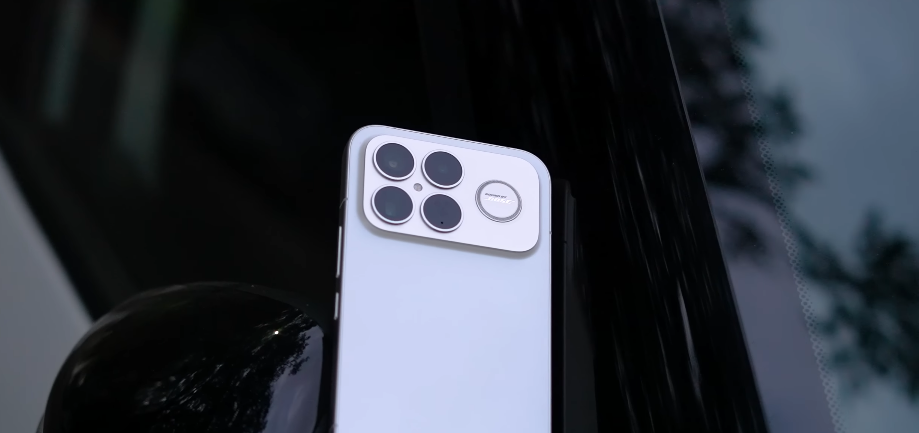POCO F8 Pro vs iPhone 16 Core: specs vs ecosystem – which matters more?

Choosing between raw performance and seamless long-term device integration
The POCO F8 Pro and the iPhone 16 Core target very different types of smartphone buyers, and deciding between them in the UK market comes down to whether hardware specs or ecosystem value matters more over time. The POCO F8 Pro pushes high-end specifications at a competitive price, while the iPhone 16 Core focuses on ecosystem convenience, long-term support and interconnected Apple services. Understanding these priorities helps buyers choose the device that genuinely suits their usage.
The POCO F8 Pro is built for users who want maximum power for their money. It is expected to feature a top-tier Snapdragon Elite chipset, a 2K high-refresh OLED display, a large battery and a camera system tuned for detail and low-light performance. These specifications translate into high performance for gaming, multitasking, streaming and content creation. Buyers who focus on raw hardware usually find POCO’s value positioning especially attractive.
By contrast, the iPhone 16 Core is built around Apple’s ecosystem. Even if some of its specifications seem modest on paper, it delivers a predictable experience through iOS optimisation, continuity features and strong integration with Apple services. Clipboard handoff, photo sharing, AirPods pairing and Apple Watch connectivity allow users to move between devices without friction. For users who already own Apple products, this ecosystem convenience often outweighs the spec sheet differences.

Software longevity also separates the two devices. iPhones consistently receive software updates for several years longer than most Android models. This allows the iPhone 16 Core to hold its value and remain secure and up to date well into the future. While the POCO F8 Pro is likely to receive reliable support initially, its update timeline is shorter, making long-term ownership less future-proof for some users. This becomes important for buyers who keep their phones beyond two or three years.
Display and battery performance highlight further differences. The POCO F8 Pro offers a sharper screen with higher refresh, which benefits gamers and users who value smoother interactions. Its large battery and fast charging also suit heavy daily use. The iPhone 16 Core may not match these numbers on paper, but its power efficiency and optimisation offer steady, predictable performance throughout the day. For moderate users, the experience may feel similar despite the lower specifications.
Camera behaviour also reflects the divide. POCO aims for versatility through multiple lenses and high megapixels, appealing to users who manually edit or experiment with photography. Apple, on the other hand, prioritises consistency and simplicity: photos and videos tend to look good with minimal input. Buyers who enjoy quick point-and-shoot results may prefer the iPhone 16 Core, while those who want a highly capable toolkit may lean toward the F8 Pro.
Price sensitivity is another factor for UK buyers. The POCO F8 Pro is positioned to offer flagship-level performance at a mid-range cost, which creates strong appeal for budget-conscious smartphone enthusiasts. The iPhone 16 Core costs more but compensates through resale value, brand support and seamless ecosystem integration. For buyers who upgrade regularly, POCO’s lower upfront cost may win. For users who plan to keep the phone longer, Apple’s support and resale value can offset the initial price.
Ultimately, the decision between the POCO F8 Pro and the iPhone 16 Core comes down to personal priorities rather than simple specification comparison. If you value specifications, display quality, battery capacity and high performance at a lower price, the POCO F8 Pro provides exceptional hardware value. If you prioritise long-term updates, smooth device integration, reliable support and effortless day-to-day usability, the iPhone 16 Core delivers a stronger ecosystem experience.
For UK buyers deciding between the two, the best choice depends on how you use your phone. Hardware-driven users will likely prefer the POCO F8 Pro, while ecosystem-driven users will benefit more from the iPhone 16 Core. Both are powerful devices, but the definition of value depends on whether raw specifications or seamless long-term convenience matters more in daily life.






